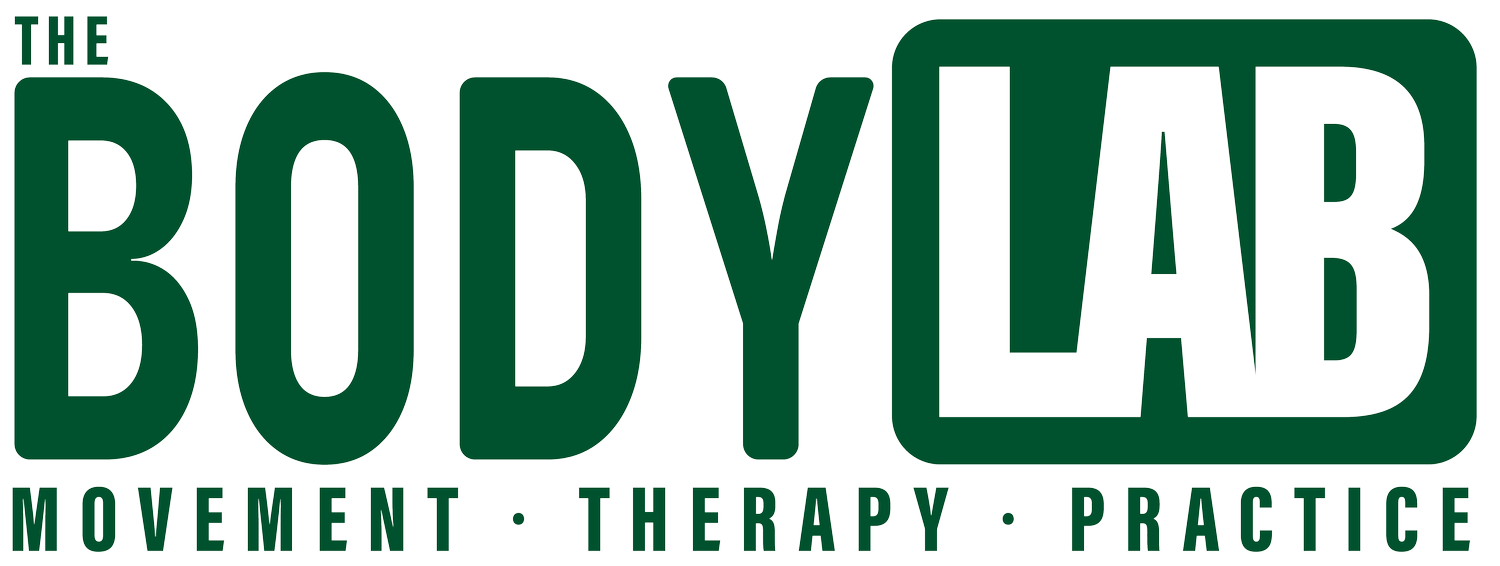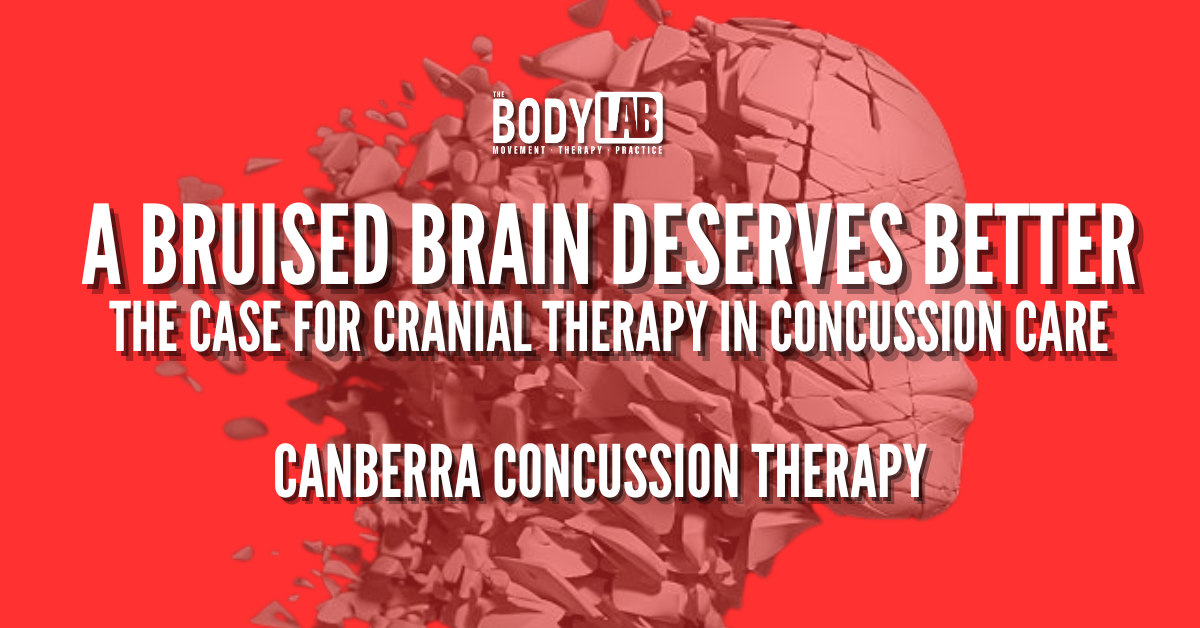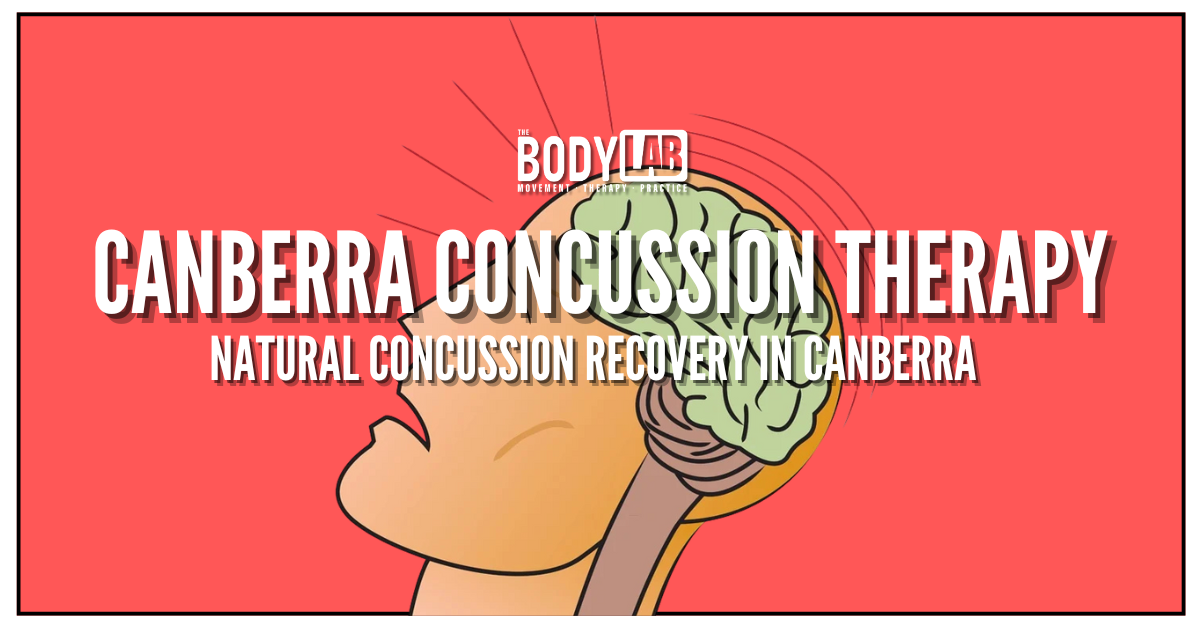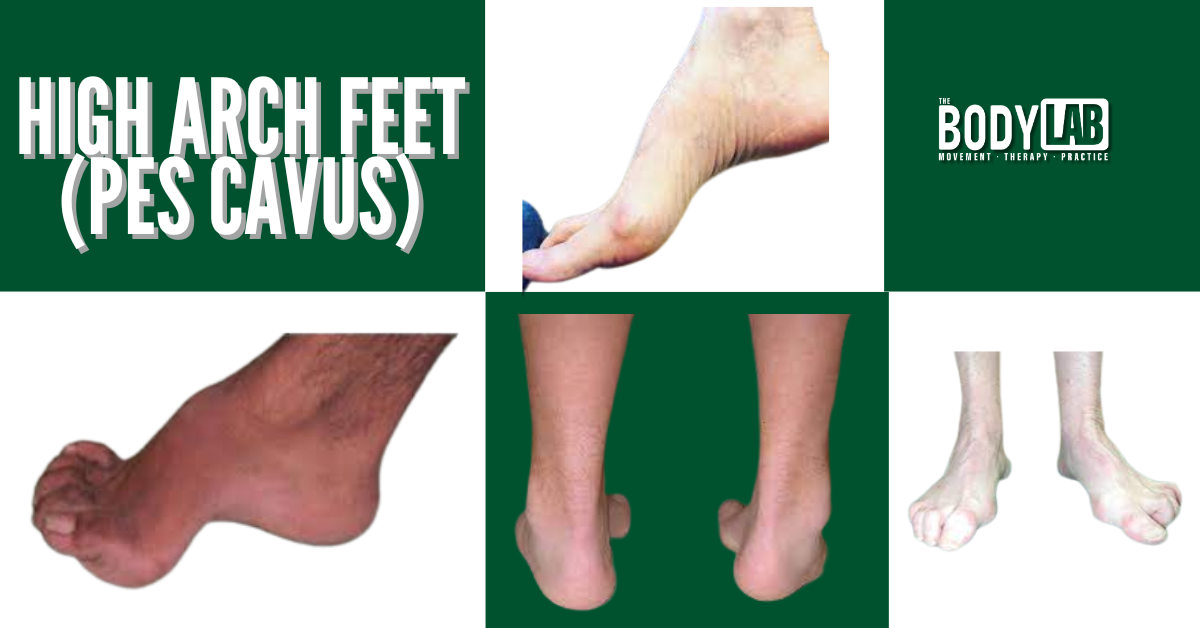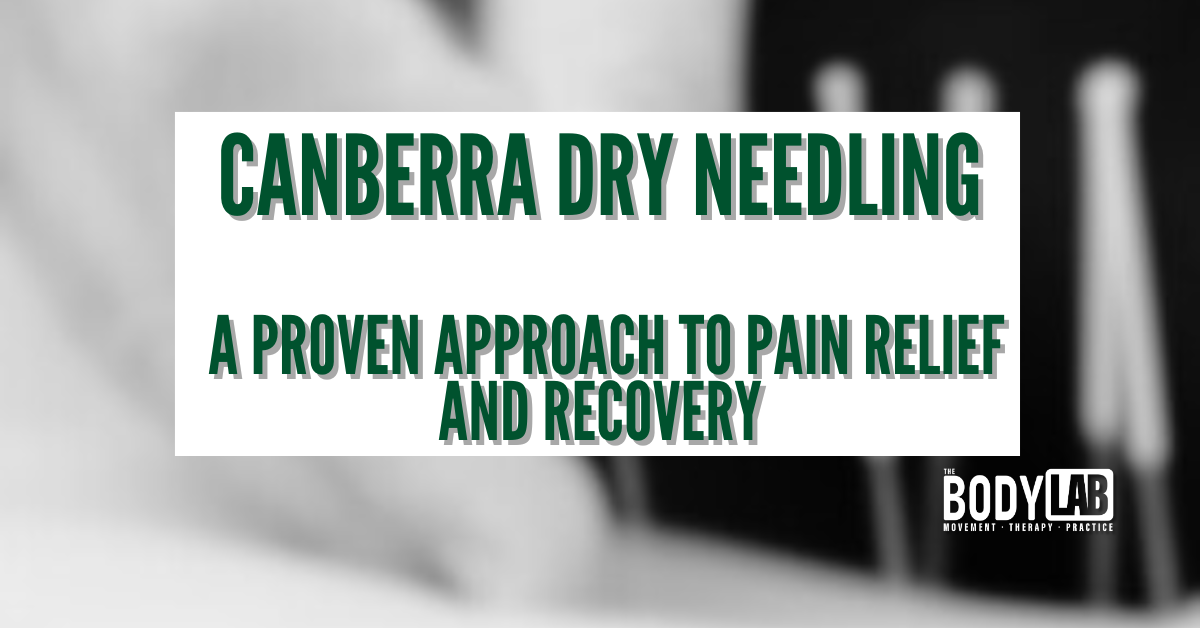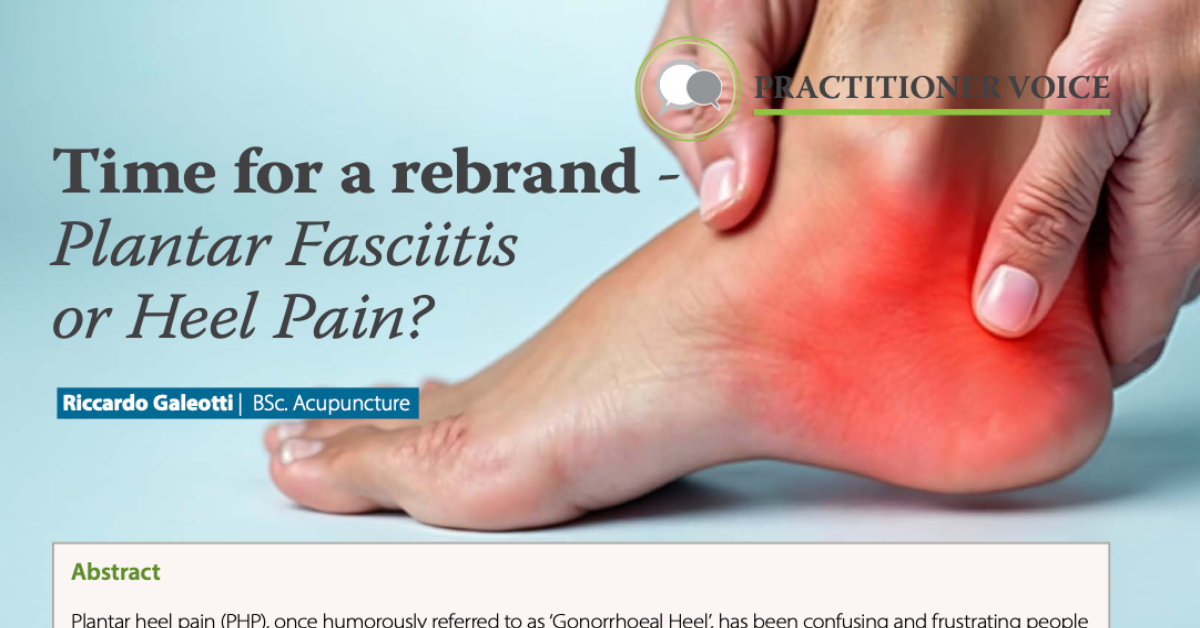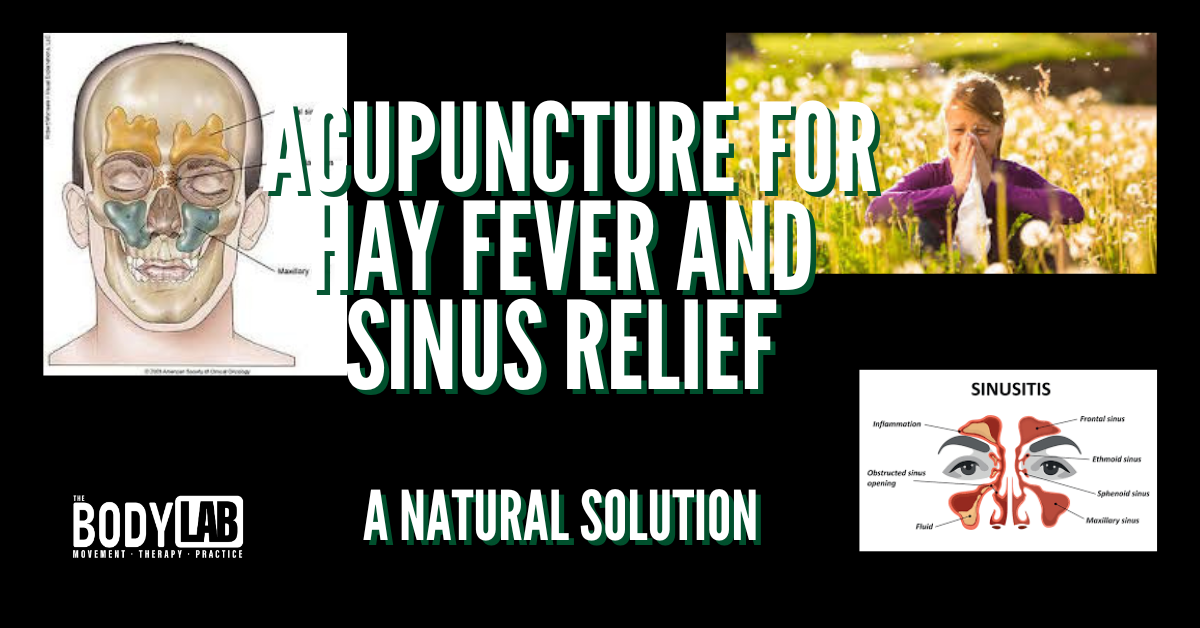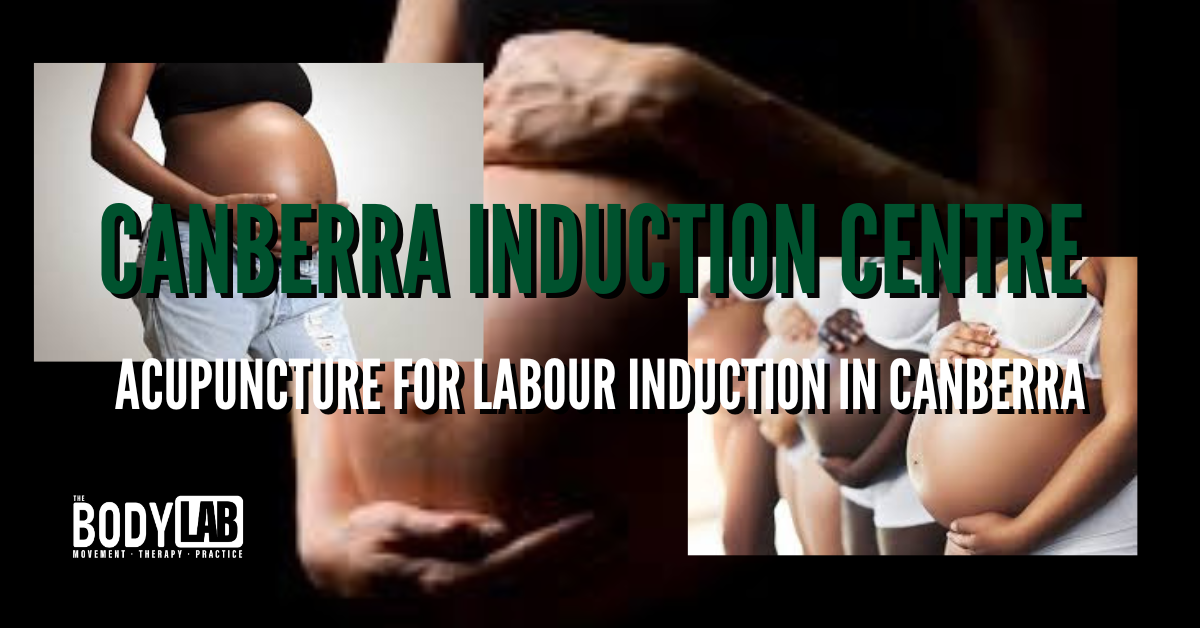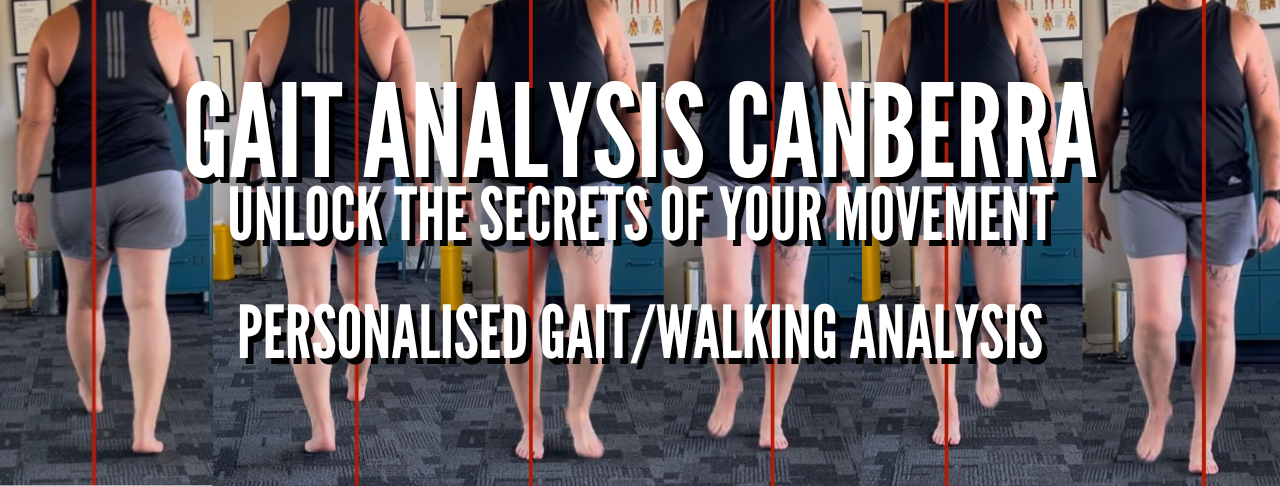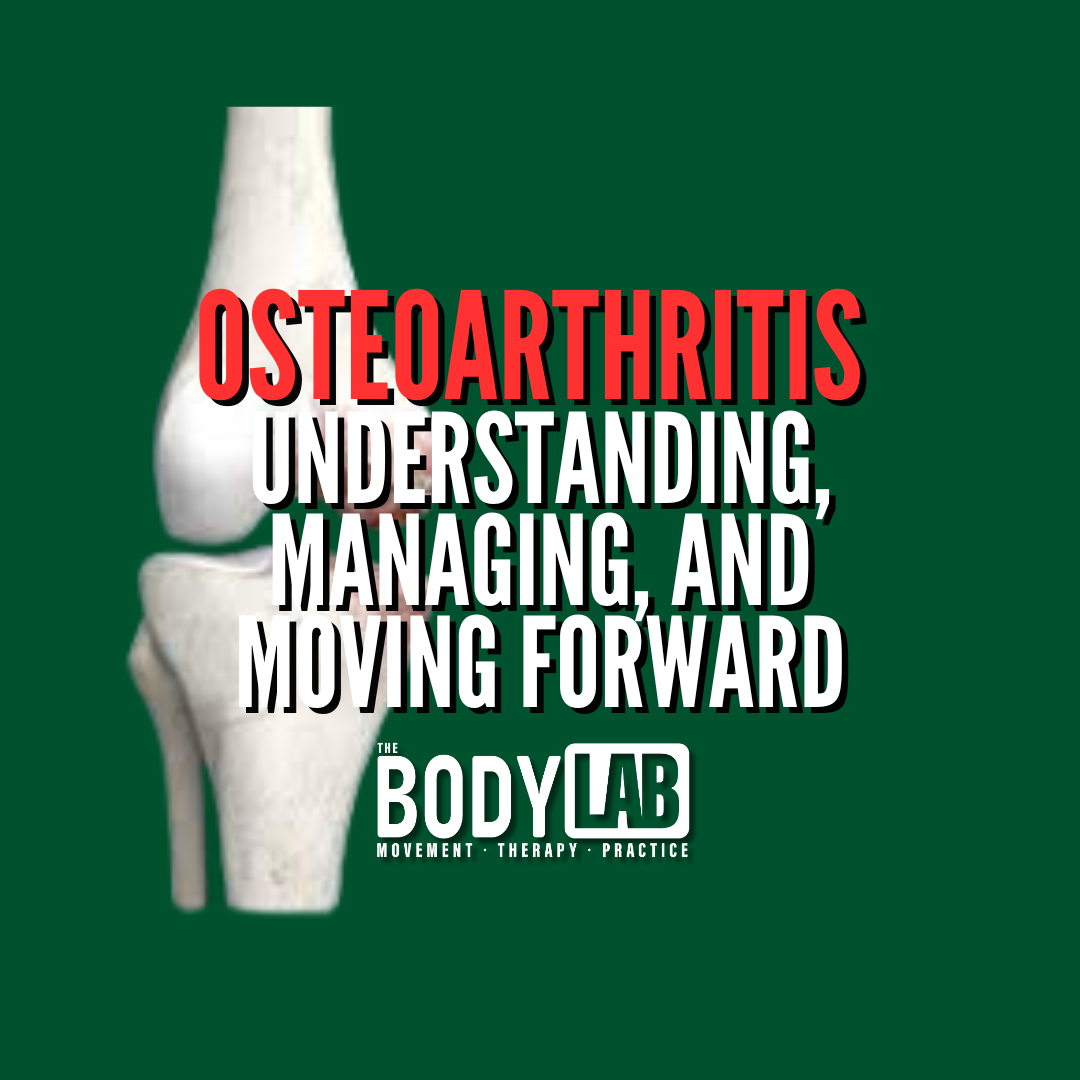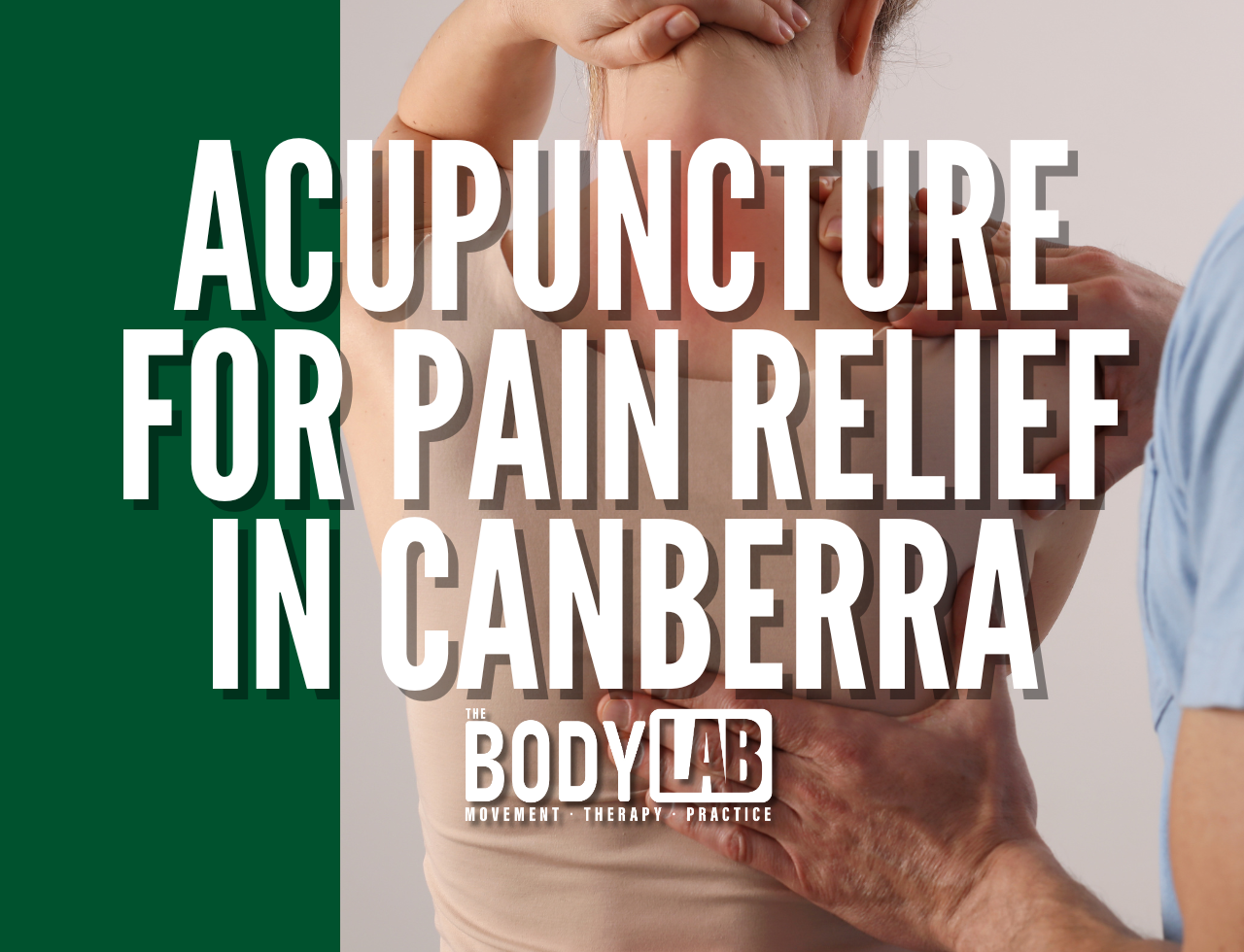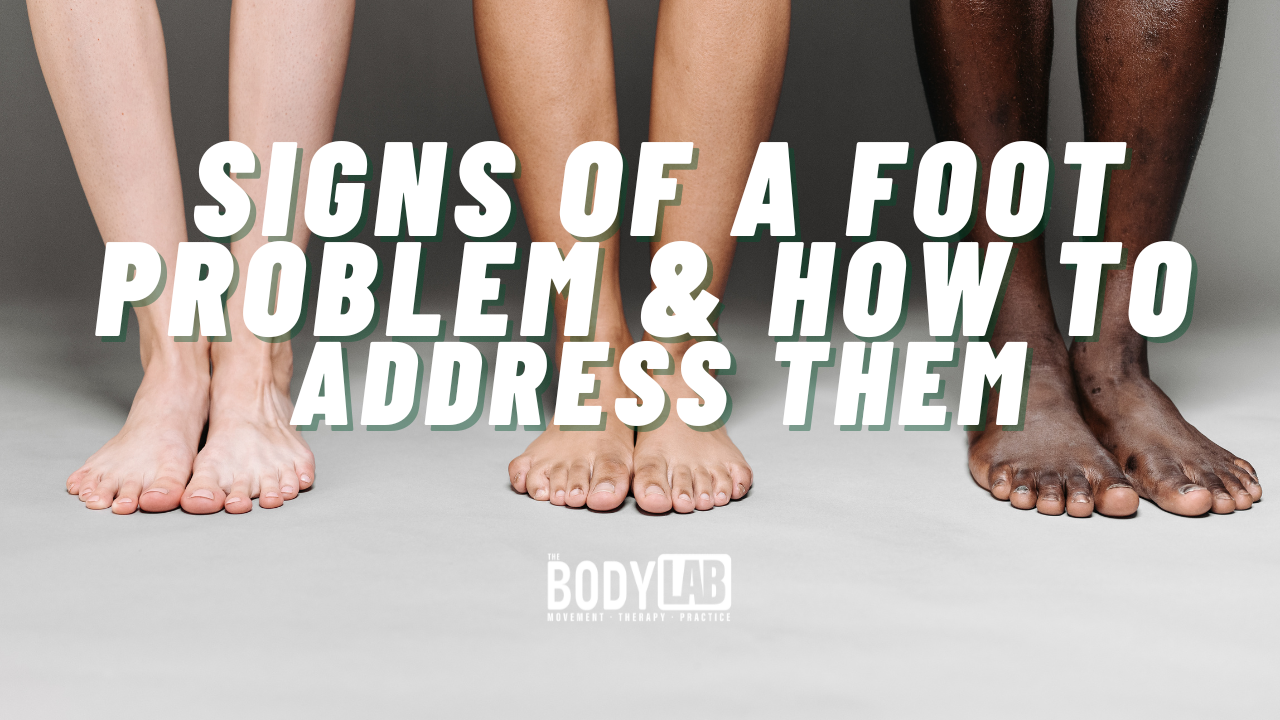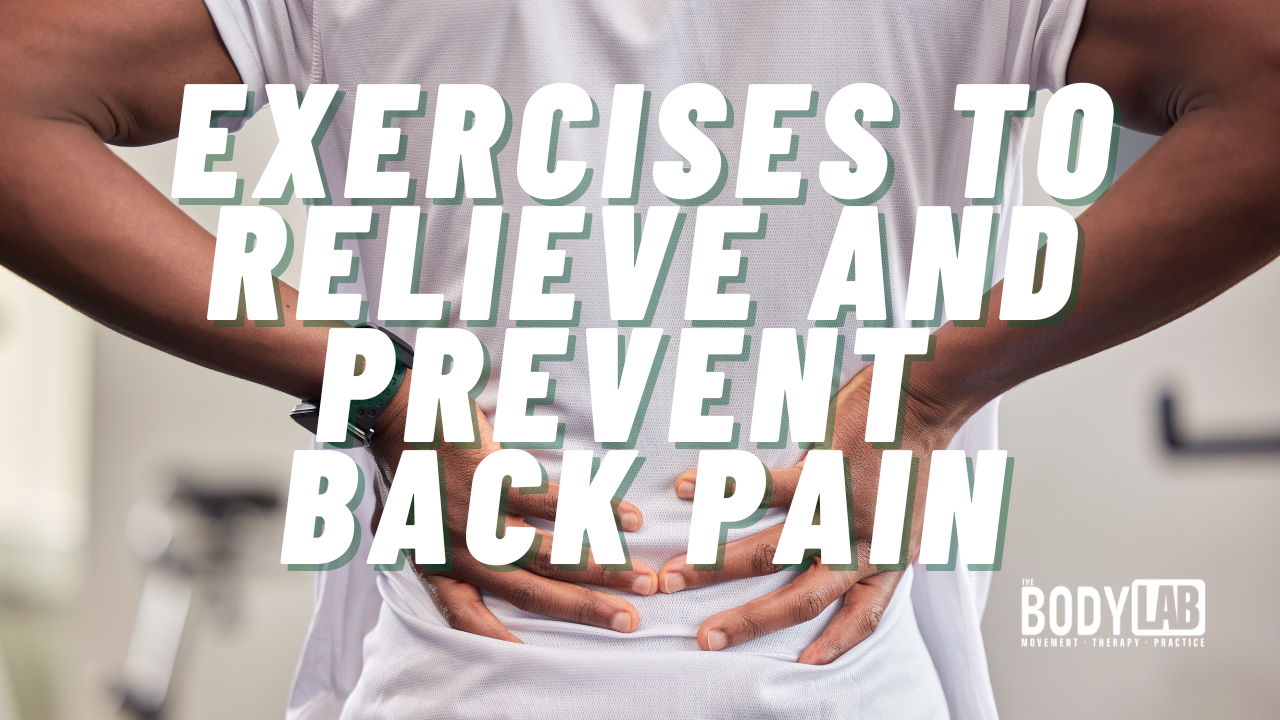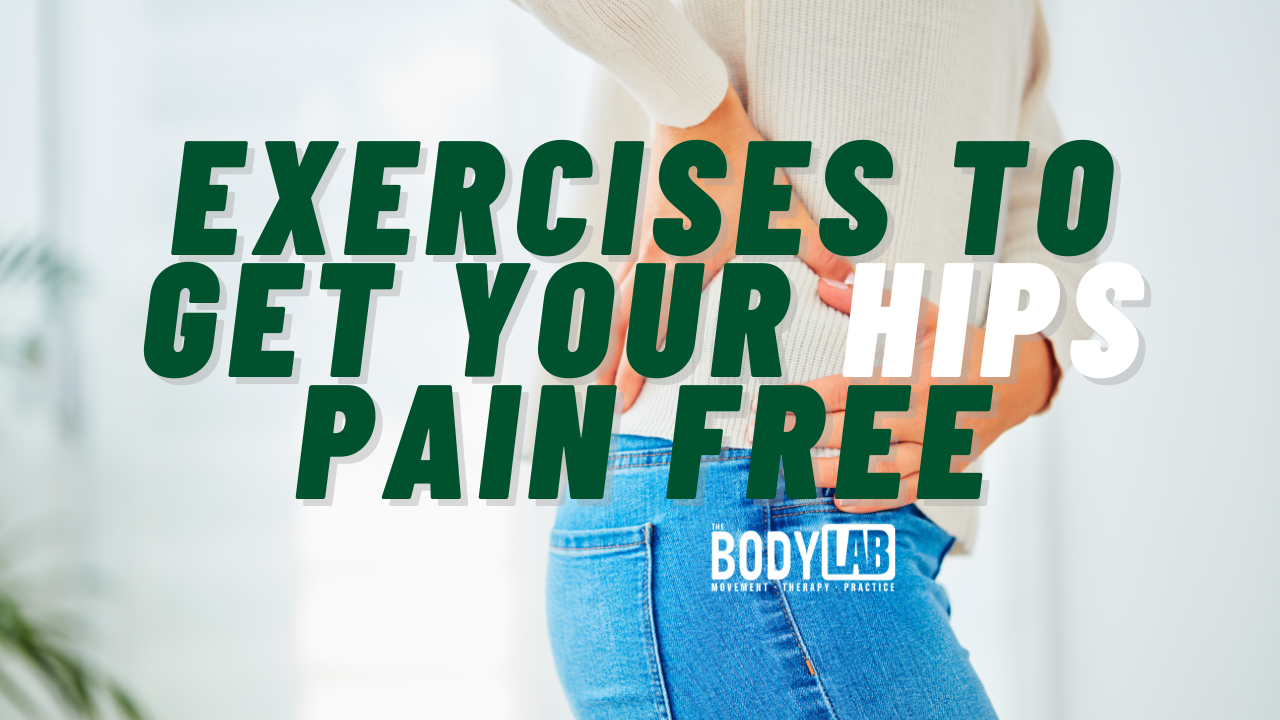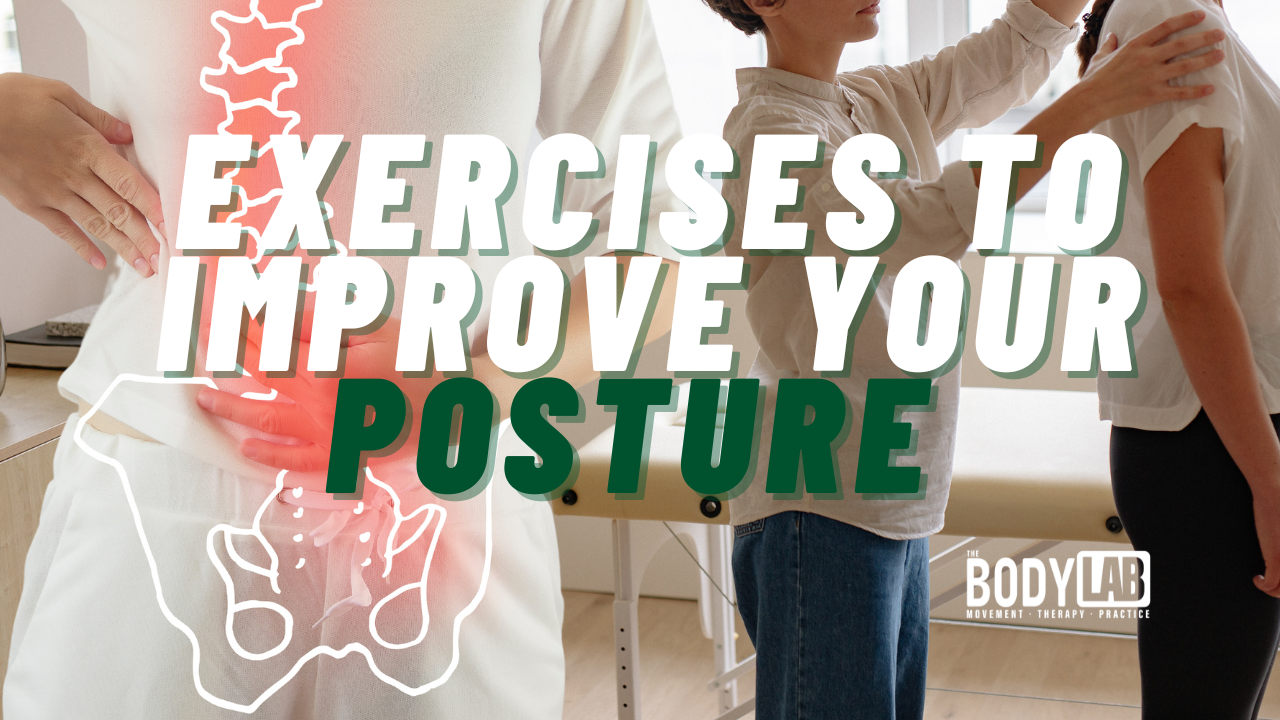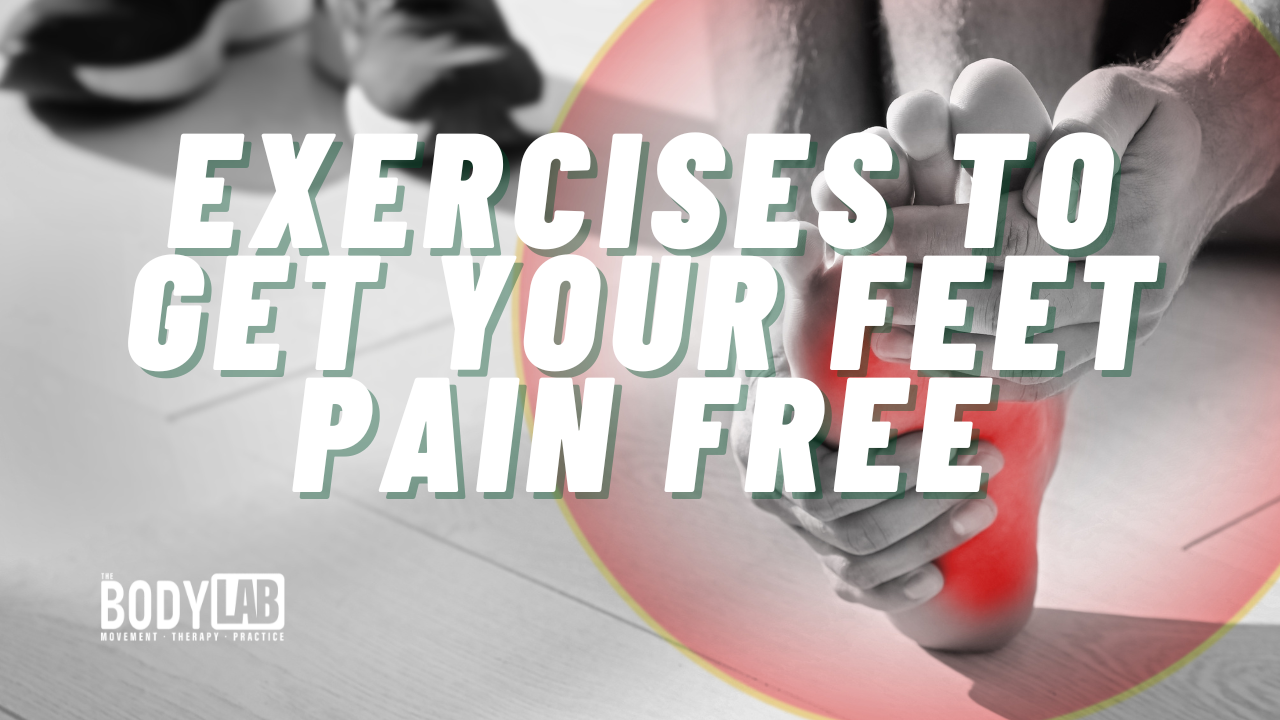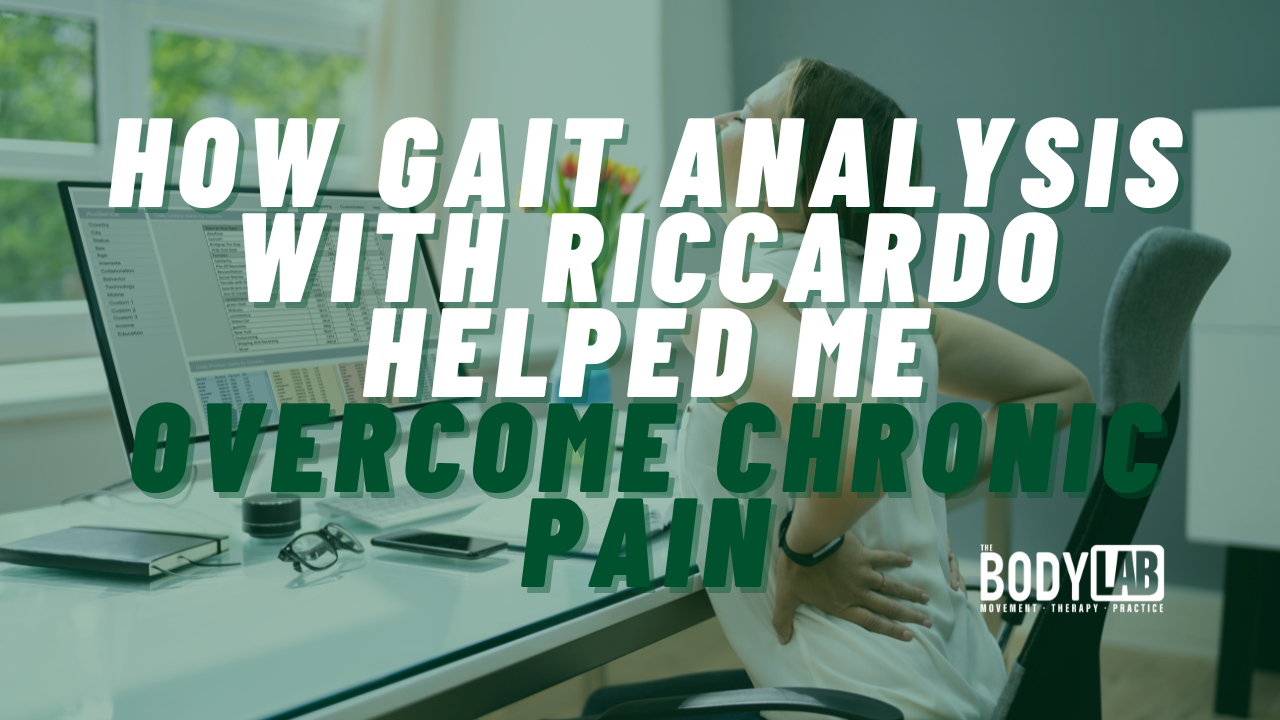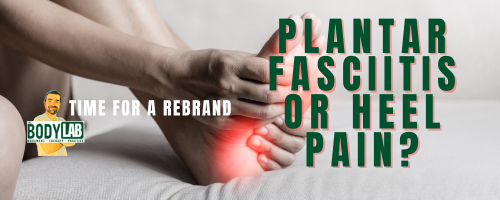Posture Matters: How to Improve Your Posture in Canberra
Why Posture is Important
Postural alignment is the foundation of movement and long-term musculoskeletal health. Poor posture can lead to chronic pain, reduced mobility, and an increased risk of injury. Understanding how to optimise your posture can significantly improve your quality of life.
What is Good Posture?
Optimal postural alignment is essential for efficient movement and overall well-being. Proper posture allows for postural stability—the ability to maintain the body's position and centre of mass within specific spatial boundaries—while minimising strain on joints and muscles.
Benefits of Optimal Posture
- Reduces stress and strain on the body’s structures

- Enhances movement efficiency and coordination
- Prevents injuries and musculoskeletal imbalances
- Supports breathing and circulation
- Improves energy levels and overall well-being
What Does Optimal Standing Posture Look Like?
- Head and Neck: Tongue resting on the roof of the mouth, a neutral bite, and no clenched teeth. The plumb line from the earlobe bisects the neck and drops just behind the collarbone.
- Spinal Curves: A slight convex curve in the neck, a slight concave curve in the mid-back, and a slight convex curve in the lower back without excessive hunching or hollowing.
- Shoulders and Arms: No drooping, elevation, forward movement, or winging of the shoulder blades. Level collarbones.
- Pelvis and Hips: Even pelvic crests with no excessive forward or backward tilt. Relaxed hip muscles at the front.
- Knees and Legs: Knees slightly bent, not hyperextended. Even weight distribution across both feet, maintaining natural arches and relaxed toes.
Common Causes of Poor Posture
Postural misalignment is often the result of long-term habits, muscular imbalances, and environmental factors. These include:
Serious Causes:
- Injury, fractures, and intense pain
General Causes:
- Vision issues (e.g., prolonged use of bifocals)
- Compensation for past injuries
- Muscular imbalances (tightness or weakness in specific muscles)
- Structural issues (leg length discrepancy, spinal deformities)
- Emotional and physical tension (e.g., clenching teeth, raised shoulders)
- General health concerns (obesity, pregnancy, post-surgical recovery)
- Work-related habits (prolonged sitting, poor workstation ergonomics, excessive standing)
- Sleep position (poor pillow or mattress support)
- Recreational activities (e.g., repetitive movements in specific sports like cycling, weightlifting, or gaming)
Common Postural Problems and Their Effects
- Forward head posture – can lead to neck pain, headaches, and poor breathing mechanics.
- Rounded shoulders and a hunched back – may cause upper back pain and restricted mobility.
- Excessive lower back arching (lumbar lordosis) – increases pressure on spinal discs and can cause chronic lower back pain.
- Pelvic misalignment – affects hip function and overall posture.
- Uneven weight distribution on feet – can contribute to knee, hip, and lower back pain.
The Consequences of Poor Posture
- Chronic neck and back pain
- Headaches and reduced flexibility
- Muscular fatigue and joint irritation
- Increased risk of repetitive strain injuries (RSI)
- Impaired movement patterns and postural deformities
How I Can Help You Improve Your Posture in Canberra
At The Body Lab, I specialise in **postural assessment, movement therapy, and corrective exercises** to help you achieve optimal posture and prevent long-term musculoskeletal issues.
What I Offer:
- Postural Analysis– evaluating alignment in standing and sitting.
- Muscle Strength & Flexibility Testing – identifying imbalances.
- Joint Mobility Assessments – addressing stiffness and restrictions.
- Ergonomic & Workstation Setup Advice – ensuring proper posture at work.
- Personalised Movement & Exercise Programs – strengthening weak muscles and improving mobility.
- Manual Therapy & Hands-on Correction – facilitating better alignment and movement.
- Relaxation & Breathwork Training – helping to manage stress-related postural habits.
Why Choose The Body Lab for Posture Correction in Canberra?
- Expert in Biomechanics & Postural Therapy – I take a **functional movement approach** to assess and treat the root cause of poor posture.
- Individualised Treatment Plans – Every client receives a **customised program** tailored to their postural needs.
- Holistic Approach to Posture & Pain Management – I integrate movement therapy, education, and hands-on techniques for long-term posture correction.
If you’re experiencing chronic pain, stiffness, or poor movement patterns due to posture, **book a consultation today** and take the first step towards better posture and pain-free movement.
Improve Your Posture with Spinal Mobility Exercises
One of the key factors in maintaining optimal posture is ensuring that your spine has the mobility and flexibility to support proper alignment. Restricted movement in the spine can lead to compensations elsewhere in the body, increasing strain on muscles and joints.
🎥 Watch This Spinal Mobility Video for Practical Exercise to Improve Your Posture:
This exercise will help you:
✅ Improve spinal flexibility and alignment
✅ Reduce tension and stiffness in the back and neck
✅ Enhance posture awareness and movement efficiency
Regular spinal mobility exercises can prevent postural issues, reduce pain, and improve movement quality in everyday activities. If you want personalised guidance, book a consultation at The Body Lab to assess your posture and create a tailored movement program!
Discover the root causes of bunions and plantar fasciitis in this ATMS webinar series led by Riccardo from The Body Lab. Perfect for massage therapists, physios, Pilates instructors, and movement specialists, the sessions explore how to truly restore foot function—without surgery or orthotics. Plus, get a sneak peek into Riccardo’s upcoming foot pain programs launching soon.
Think your tight muscles are the problem? Think again. At The Body Lab, we assess how your joints initiate movement — and how your muscles and nervous system respond. If you’re stuck in pain, posture issues, or recurring injuries, the real cause might be a joint that’s not moving well. This blog unpacks why joints move first, how your brain creates your resting posture, and how to break free from the tight–stretch–repeat cycle for good.
Discover how I use whole-body movement analysis at The Body Lab to improve walking, fix pain, and help you feel more balanced from the ground up.
Concussions are more than just a bump to the head—they’re complex brain injuries. Yet most conventional treatments ignore the cranium itself. This article explores emerging research supporting CranioSacral Therapy and acupuncture as promising approaches for post-concussion syndrome (PCS). Backed by evidence, personal testimonials, and a deeper understanding of what actually happens to the brain during a concussion, we also highlight essential self-care practices to support recovery. A bruised brain deserves better—and that means treating the root, not just the symptoms.
Still struggling with concussion symptoms in Canberra? Discover a holistic therapy approach combining cranial therapy and acupuncture at The Body Lab. Personalised, drug-free concussion recovery that goes beyond diagnosis.
Magnesium Types & Benefits – Not all magnesium supplements are the same! This guide highlights the best types of magnesium for brain health, sleep, anxiety, digestion, and general supplementation. Learn which form offers high brain absorption, relaxation benefits, or digestive support, so you can choose the right one for your needs.
Pes cavus, or high-arched feet, can lead to foot pain, instability, and increased risk of injuries. In this guide, we’ll help you identify the key signs of high arches, common symptoms, and how they affect movement. Learn how gait analysis, movement therapy, and posture retraining at The Body Lab Canberra can help improve foot function and prevent long-term issues.
High Arched Feet? Here’s What You Need to Know!
Got high arches? It could be causing foot pain, instability, or even lower back issues! Unlike flat feet, high-arched feet lack shock absorption, putting excess pressure on the heel & forefoot.
🔍 Signs You Might Have High Arches:
✅ Foot pain, calluses, or frequent ankle sprains
✅ Tight calves & Achilles tendon
✅ Difficulty balancing on uneven surfaces
💡 What Can You Do?
✔ Strengthen your feet with mobility & stability drills
✔ Wear cushioned, supportive footwear
✔ Improve movement patterns with a gait assessment
Struggling with foot pain? Let’s get you moving pain-free!
Arthritis in the hips, knees, ankles, or feet can significantly alter your gait, leading to pain, stiffness, and compensatory movement patterns. Over time, these changes can affect posture, increase the risk of falls, and contribute to joint stress elsewhere in the body At The Body Lab in Canberra, I specialise in movement analysis, mobility training, and rehabilitation programs to help you maintain optimal gait and joint function. By focusing on strengthening key muscles, improving balance, enhancing joint mobility, and correcting walking patterns, you can prevent arthritis-related gait changes and stay mobile longer.
If you’re experiencing discomfort while walking, book a consultation today to regain control over your movement and reduce pain.
The knee is often considered a simple hinge joint, responsible for bending and straightening the leg. However, its mechanics are far more complex. The knee functions as a dynamic structure, accommodating movement across multiple planes while responding to forces from above (the pelvis and femur) and below (the tibia and foot). Understanding knee function requires looking at its three-dimensional movements and how they interact with surrounding structures.
At The Body Lab, I specialize in assessing and improving movement mechanics to prevent and rehabilitate knee injuries. My approach integrates gait and biomechanical analysis, hands-on therapy, and individualized movement programs. If you’re struggling with knee pain or want to enhance your movement efficiency, book a consultation today and take the first step toward pain-free movement.
Your feet are the foundation of movement, but how well do they actually function? Assessing Your Feet with Movement: A Scientific Approach to Foot Function explores the biomechanics of foot motion, highlighting key movement patterns that impact balance, stability, and overall mobility. By understanding how your feet move—or don’t—you can uncover dysfunctions that contribute to pain, injury, or performance limitations. Dive into the science of foot mechanics and learn how to optimize foot function for better movement and long-term health.
Struggling with muscle pain, tension, or restricted movement? Canberra Dry Needling offers a safe and effective solution for pain relief and recovery. Using fine, sterile needles to target myofascial trigger points, dry needling helps release tight muscles, improve mobility, and accelerate healing. Whether you’re dealing with chronic pain, sports injuries, or postural imbalances, this evidence-based therapy can get you back to moving pain-free. Discover the benefits and book your session today!
Is It Really Plantar Fasciitis? Time for a Rebrand on Heel Pain
Plantar fasciitis has become the go-to diagnosis for heel pain, but is it always accurate? With so many possible causes—nerve irritation, tendon dysfunction, or even biomechanical imbalances—lumping every case under the same label can lead to ineffective treatment.
In this article, “Time for a Rebrand: Plantar Fasciitis or Heel Pain?”, originally written for the Australian Traditional Medicine Journal, I break down what’s really happening underfoot, explore alternative causes, and discuss why a more precise approach is key to lasting relief. If you’ve been struggling with heel pain and the standard solutions aren’t working, this is for you.
Acupuncture & Cranial Therapy for Hay Fever Relief in Canberra – Struggling with allergies? Canberra’s high pollen counts make hay fever a challenge, but acupuncture and cranial therapy offer a natural, drug-free solution. Backed by scientific research, this approach helps clear sinus congestion, reduce inflammation, and strengthen the immune system. Book your session today and breathe easier
Experience acupuncture for labour induction with Riccardo at Canberra Induction Centre. With over 15 years of clinical expertise and an 80% success rate within 12 hours, Riccardo integrates traditional acupuncture with modern techniques, including Manaka’s Ion Pumping Cords, to optimise birth readiness. His personalised approach addresses body mechanics, stress levels, and hormonal balance, ensuring a safe, natural, and effective labour induction. Book your session today!
Your gait—the way you walk—plays a crucial role in overall movement efficiency, injury prevention, and pain management. At The Body Lab in Canberra, our comprehensive gait analysis breaks down each phase of your stride, identifying imbalances and inefficiencies that may be affecting your performance or causing discomfort. Whether you’re an athlete, recovering from injury, or simply looking to move better, our expert assessment provides personalised insights and corrective strategies to enhance your gait. Book your gait analysis today and take the first step towards pain-free movement!
Osteoarthritis is often misunderstood and poorly managed, leaving many people feeling trapped by joint pain. But your joints are not as fragile as you might think. Even after arthritis develops, movement, strength, and smart lifestyle choices can keep your joints functioning for longer.
At The Body Lab, I help people move pain-free through biomechanics-based assessments, manual therapy, acupuncture, and personalised strength and mobility programs. Whether you’re looking to improve joint function, reduce pain, or stay active despite osteoarthritis, I provide science-backed solutions to help you move better and feel stronger.
Your joints are designed to move—let’s make sure they move well.
📍 Book an appointment today and take the first step towards better mobility and long-term joint health.
Do your knees crackle, pop, or grind when you move? This common phenomenon, known as knee crepitus, affects 41% of the population and up to 81% of those with osteoarthritis. While sometimes harmless, crepitus can indicate underlying issues like cartilage changes, joint instability, or muscle imbalances. At The Body Lab, we specialize in identifying the root causes of knee crepitus through movement assessments, strength and stability exercises, and tailored treatments like acupuncture and biomechanics education. Don’t ignore those noisy knees—address them early to prevent further issues and restore pain-free movement. Book your knee health assessment today! 👣
Flat feet can cause discomfort and affect your entire body’s alignment. Through mobility, strength training, and dynamic movement, you can find lasting relief. Learn how to assess your foot mechanics, implement effective exercises, and discover the transformative benefits of the Flat Feet Fix Program.
The Body Lab - Programs
Core Training vs Core Strengthening: Why Training Comes Before Strengthening
Most people think core exercises are all about crunches and planks. But here’s the kicker: if you skip core training and dive straight into core strengthening, you might be doing more harm than good. Core training focuses on retraining your deep stabilisers—like the transversus abdominis and pelvic floor—to work in harmony. It’s the foundation you need before building strength.
Research shows that poor core activation can lead to pain and injury far beyond your back, from dodgy knees to plantar fasciitis. At The Body Lab, we combine science-backed techniques and personalised assessments to ensure your core works with you, not against you.
Coming soon: Our Core Training and Strengthening Program—perfect for clients wanting pain relief and therapists looking to upskill.Let’s fix your foundation, one step at a time.
Discover effective, drug-free pain relief with acupuncture at The Body Lab in Canberra. Our experienced practitioner, Riccardo, combines Classical Chinese Acupuncture with advanced biomechanics and movement therapy to treat conditions like migraines, neck pain, back pain, arthritis, and sports injuries.
Learn how to identify, treat, and prevent foot problems in this comprehensive guide. From common conditions like bunions, plantar fasciitis, and Morton’s neuroma to the best exercises for foot pain relief, this article offers expert advice on maintaining foot health. With tips on self-diagnosis, when to seek medical help, and the best treatments based on scientific research.
Strengthen and stretch your back to prevent and relieve back pain with targeted exercises like Cat-Cow, Piriformis Stretch, and Nerve Flossing. These research-backed stretches improve spinal flexibility and relieve tension. Whether you’re managing sciatica or general discomfort, these exercises are effective for building a healthy, pain-free spine.
Improve your hip flexibility, strength, and mobility with targeted exercises to reduce pain and prevent injury. Strengthening the muscles around your hips, such as the glutes, hamstrings, and hip flexors, helps support healthy movement and relieves discomfort.
Improve your posture and reduce back, neck, and shoulder pain with expert-recommended exercises. Discover effective posture-correcting movements such as planks, wall angels, and thoracic extensions to strengthen core muscles and improve spinal alignment. These exercises, backed by scientific research, help balance your centre of mass, enhance mobility, and prevent future posture-related issues.
Discover effective foot pain relief exercises to strengthen weak arches, prevent plantar fasciitis, and improve overall foot health. Learn expert-recommended stretches and movements that boost flexibility and mobility, backed by scientific research.
How Gait Analysis with Riccardo in Canberra Helped Me Overcome Chronic Pain Discover how Riccardo’s gait analysis and movement assessment in Canberra provided long-term relief for foot, knee, and back pain. Learn more about this personalised approach to chronic pain management
Struggling with heel pain? Discover why ‘Plantar Fasciitis’ might be a misdiagnosis and learn effective treatments for Plantar Heel Pain. Find out how movement therapy, Canberra acupuncture, and biomechanics can help you get back on your feet at The Body Lab.
Let’s settle this once and for all: dry needling and acupuncture may look similar (they both involve thin needles and occasionally some wincing), but they’re as different as yoga and weightlifting. Riccardo from The Body Lab does both.
